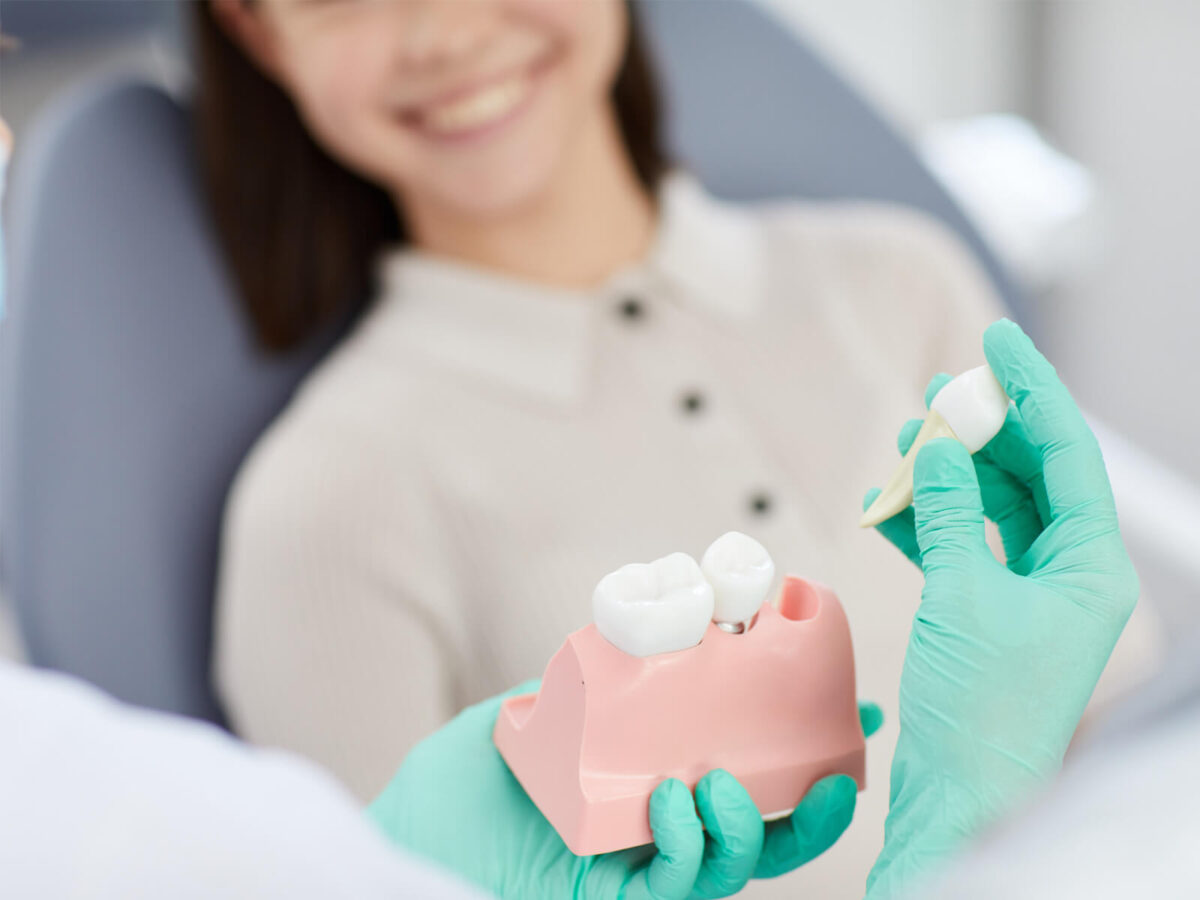Blog
Dental hygiene tips for healthy teeth & gums

Why No Dairy After Tooth Extraction? Here’s What To Eat
After a tooth extraction, proper care and attention to your diet are crucial for a swift recovery. A common recommendation is to avoid dairy products during the healing phase. This article explores the rationale behind avoiding dairy, the complications it aims to prevent, and offers comprehensive dietary suggestions for the critical post-tooth extraction period.
Why Avoid Dairy Products After Tooth Extraction?
The advice to steer clear of dairy products post-extraction stems from potential complications associated with dairy during the initial stages of healing. Key reasons include:
- Infection Risk: Dairy items, especially if cold or containing live cultures (like yogurt), can introduce bacteria into the healing socket. Post-extraction, the area is susceptible to infection, and bacterial introduction can lead to complications.
- Interference with Blood Clot Formation: Dairy’s thick or sticky consistency can disrupt the formation and stability of the blood clot at the extraction site. A stable blood clot is crucial for proper healing and preventing issues like dry sockets.
- Sensitivity Concerns: Cold dairy products might aggravate the sensitive area around the extraction site. Extreme temperatures, especially early on, can cause heightened sensitivity and discomfort.
Recommended Post-Extraction Diet:
With dairy off the menu, let’s explore suitable post-surgery diet options that provide essential nutrients for optimal recovery:
- Soft Fruits: Opt for ripe, soft fruits like bananas, avocados, and cooked apples. These are gentle to chew and won’t disrupt the healing process.
- Mashed Vegetables: Well-cooked and mashed vegetables such as sweet potatoes, carrots, and peas are excellent choices. They’re soft, easy to consume, and packed with vitamins vital for recovery.
- Protein-Rich Foods: Soft sources of protein like eggs, tofu, or finely shredded, well-cooked poultry are ideal. Protein is key for tissue repair and healing.
- Grains and Pasta: Soft grains like oatmeal or well-cooked pasta provide energy and are gentle enough not to irritate the healing site.
- Non-Dairy Yogurt Alternatives: If you’re craving something yogurt-like, consider non-dairy options such as almond or coconut milk. These can be blended into smoothies or consumed on their own.
- Applesauce: Unsweetened applesauce is a soft, easily digestible option that offers mild sweetness without causing discomfort.
- Cottage Cheese (in moderation): While dairy is generally advised against, some find cottage cheese tolerable. However, it should be consumed in moderation and only if it doesn’t cause discomfort.
- Nut Butters: Smooth nut butters like almond or peanut are great for their protein and healthy fats. Ensure they don’t contain added sugars or salts.
- Hydration: Staying hydrated is essential during recovery. Opt for water, herbal teas, or diluted fruit juices. Avoid caffeinated beverages as they can hinder healing.
Eating Tips After Tooth Extraction:
- Soft and Bite-Sized Diet: Focus on soft, easy-to-chew foods, cut into small, manageable pieces to minimize stress on the healing site.
- Avoid Hot or Spicy Foods: These can irritate the extraction site. Stick to lukewarm or cool foods during the initial recovery phase.
- Gentle Chewing: Chew on the side opposite the extraction site to reduce pressure on the healing area.
Conclusion:
While avoiding dairy post-tooth extraction is aimed at minimizing complications, there are ample soft and nutritious alternatives to support proper recovery. Prioritizing a gentle post-surgery diet, rich in essential nutrients and conducive to quick healing, is key.
Adhering to recommended dietary guidelines and post-extraction care instructions can lead to a smoother and less complicated recovery process. Consult with your dentist for personalized advice if you have specific dietary concerns or issues.
